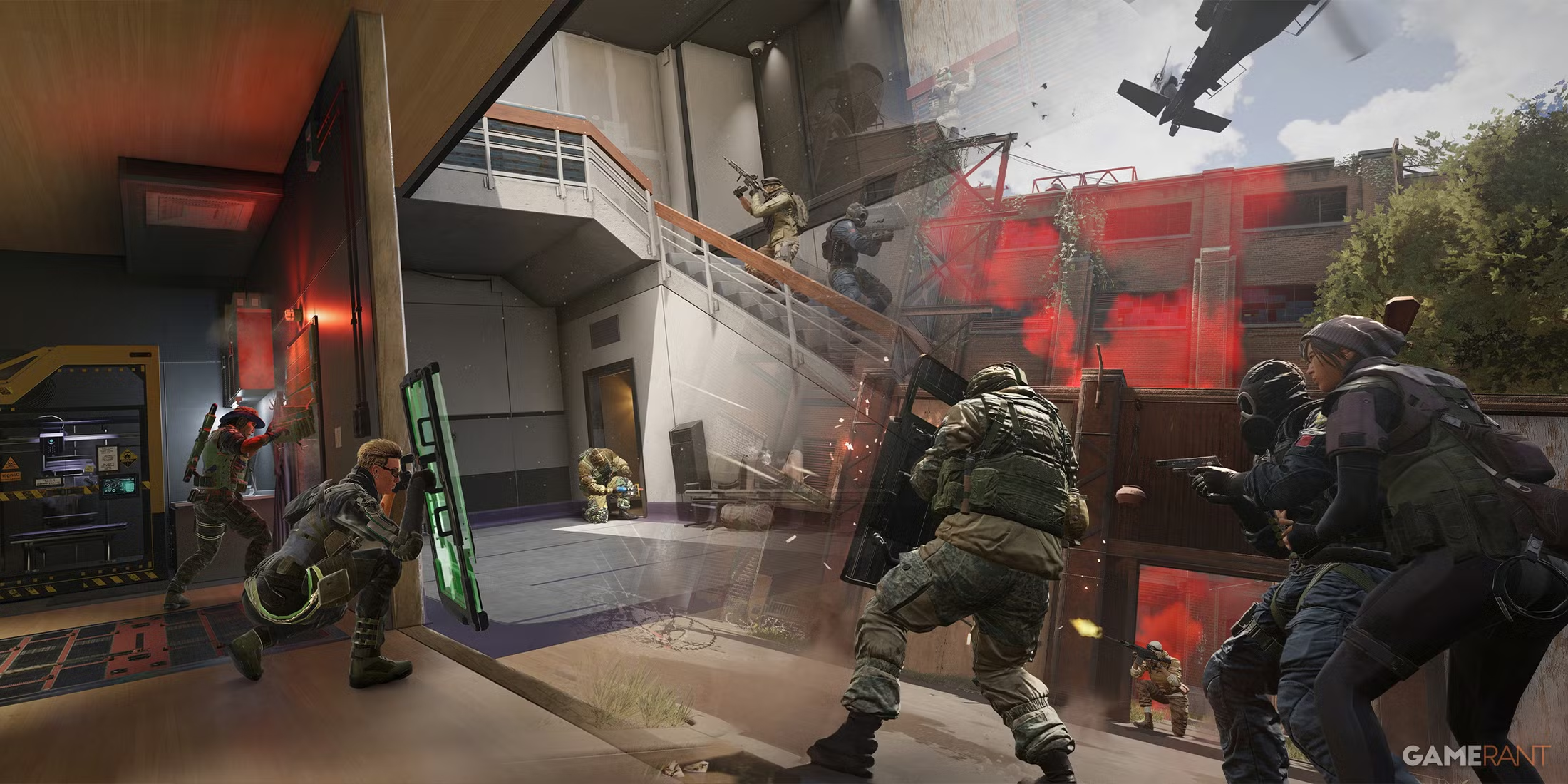Sound Discipline: The Hidden Protocol
Every step pulls you deeper into the tension of Rainbow Six Mobile—where silence is temporary, walls amplify whispers, and the battlefield has no mercy for the careless. You won’t find safety here. No comfortable routines. No empty space. Just creaking floors, echoing corridors, and audio cues that turn noise into a weapon. Then the pressure builds. A single footstep in the wrong place alerts defenders. A muffled gadget sound signals a trap waiting to spring. Gunfire isn’t just an attack—it’s a beacon, drawing every eye to your position. In Rainbow Six Mobile, chaos doesn’t arrive by accident. It’s engineered by players who master sound, who turn footsteps, drones, and breaches into signals of control. Survival here is more than reflex—it’s awareness. You will be caught off guard. Often. And every time, the game takes something: your trust in silence, your assumption of safety, your confidence in cover. But if you return sharper—listening closer, moving smarter—you start to anticipate instead of react. Nothing in this battlefield is handed to you. Maps echo with layered soundscapes, mixing deception with truth. Sometimes a noise is bait. Sometimes it’s the beginning of your end. The only path forward is discipline: every movement measured, every shot calculated, every callout crisp. This isn’t just about shooting skill. It’s an acoustic war of attrition. The environment carries your sound. The enemy interprets it. And only those who anticipate, adapt, and strike in the space between noise and silence will survive long enough to carve their story into the siege.
Enter the Siege Frontline